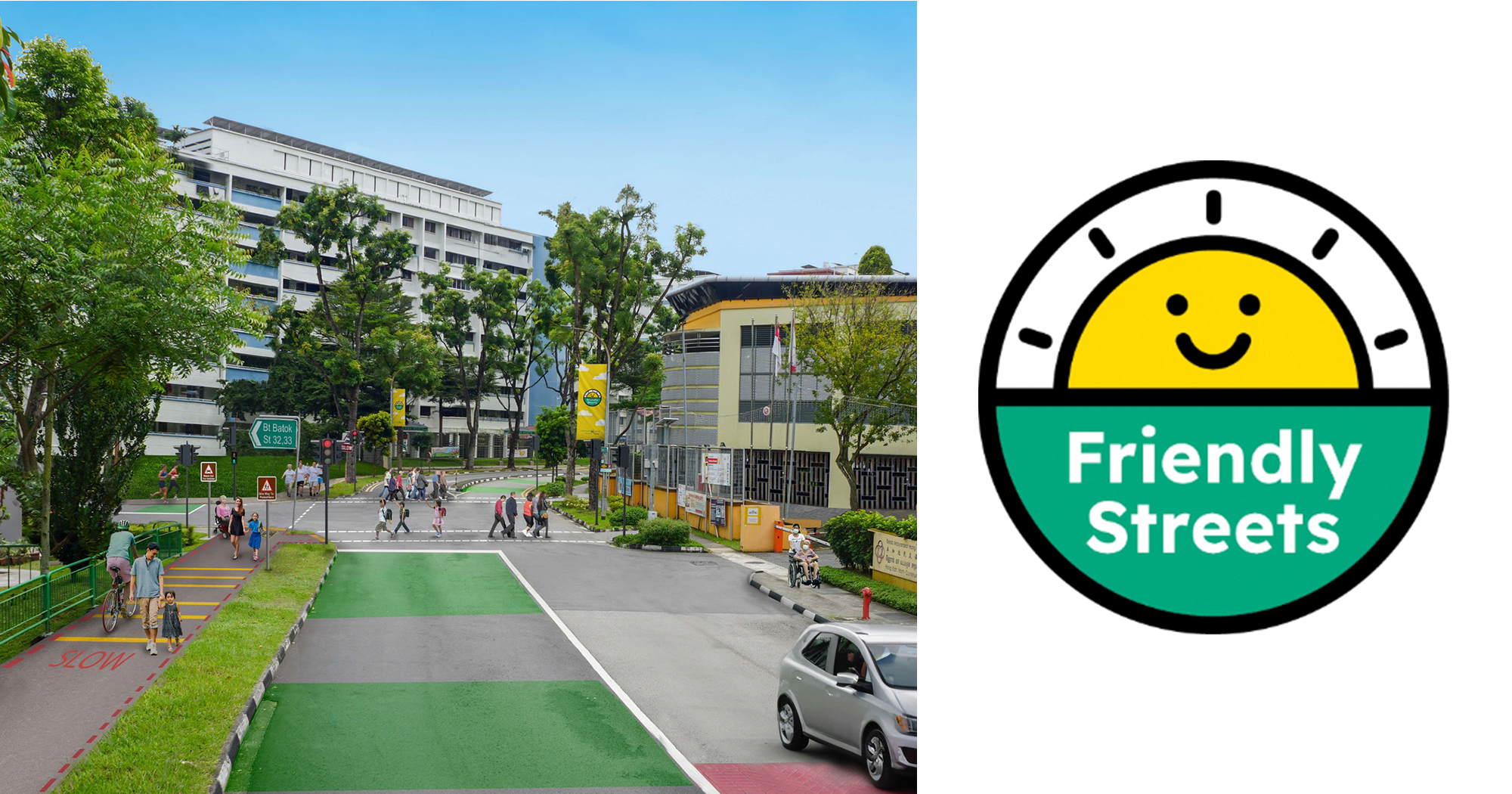The government will set aside S$1 billion over the next decade to expand the Friendly Streets initiative and enhance commuter infrastructure, said Transport Minister Chee Hong Tat on Mar. 5.
The Friendly Streets initiative will also be extended to all HDB towns in Singapore by 2030.
Introduced in 2023, the initiative aims to create more pedestrian-friendly streets in Singapore.
Safer, more comfortable streets
Elaborating on the move, Senior Minister of State for Transport Amy Khor said that the initiative aims to make walking in neighbourhoods safer and more comfortable.
This involves introducing features like road humps, barrier-free crossings, and upgraded bus stops with senior-friendly features like arm and back rests.
Commuter infrastructure will also be enhanced — for instance, through more covered linkways, and by retrofitting pedestrian overhead bridges with lifts to ensure wheelchair accessibility.
Footpaths will also be widened and new cycling paths constructed.
These enhancements, Khor explained, will help "support walking as the first- and last-mile mode of commuting".
More neighbourhoods
Five neighbourhoods were initially earmarked for the pilots of the Friendly Streets Initiative: Ang Mo Kio, Bukit Batok West, Tampines, Toa Payoh, and West Coast.
Programmes at the first three neighbourhoods have since commenced, with works at the latter two to start in the first half of 2024.
But with the new injection, the government plans to expand the Friendly Streets initiative to all HDB towns by 2030.
Private estates with high-activity areas and key amenities nearby will also be included.
For a start, 10 more neighbourhoods will be added to the programme from this year.
The towns include Bedok, Buangkok, Bukit Panjang, Choa Chu Kang, Jurong East, Pek Kio, Punggol, Holland-Buona Vista, Sembawang, and Tiong Bahru-Havelock.
This is because these towns "have a higher proportion of seniors or young families," Khor said.
"We will work closely with the community to implement features to meet residents' needs."
Top image from Amy Khor/Facebook and LTA's website

If you like what you read, follow us on Facebook, Instagram, Twitter and Telegram to get the latest updates.



